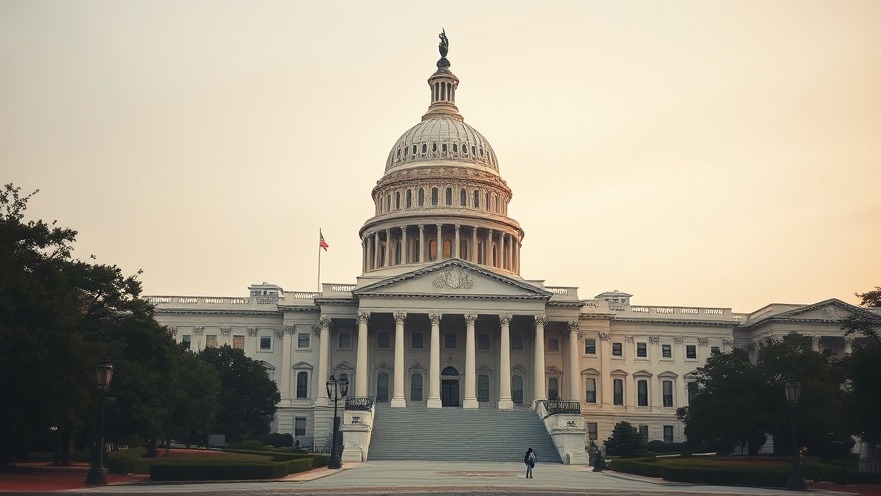
Trump's Reverse Robin Hood: A Contemporary Concern
In the landscape of American politics, the narrative of taking from the poor to give to the rich is often likened to the legend of Robin Hood. However, under the aegis of Donald Trump's administration, we are witnessing what many analysts are calling a "reverse Robin Hood" scenario. After a cycle of tax cuts purportedly aimed at the middle class, evidence is emerging that these benefits disproportionately support the wealthiest Americans, to the detriment of the majority.
The Economic Divide: Not Just Another Rhetorical Device
The most extensive revision of the tax code since the Reagan era, the Tax Cuts and Jobs Act (TCJA) of 2017 was framed as a boon for the middle class but has left many grappling with the reality of stagnating wages and rising living costs. According to data, while the top 20% of earners witnessed a 97% increase in income from 1979 to 2014, middle-class income growth has lagged dramatically. Now, as we approach a crucial point in 2025 when Trump's initial tax cuts expire, the conversation around economic equity is more relevant than ever.
The Impact of Tariffs: A Double-Edged Sword
Conversely, the introduction of tariffs on imported goods, as enacted by Trump's administration, has increased prices for everyday items, disproportionately affecting lower and middle-class households. While intended to protect American jobs, these tariffs often raise consumer costs and contribute to inflation, leading to a paradox where the very people they aimed to protect end up suffering the most. A recent decline in stock indices indicates investor discontent, as rising costs combined with perceived governmental mismanagement lead to uncertainty about the economic future.
What the Polls Reveal: A Disconnection from Voter Needs
Public sentiment, as captured in a CNN poll from February, underscores a growing disconnect between governmental actions and voter priorities. With 62% of respondents believing that the administration has not done enough to reduce everyday prices, the question becomes urgent: How can a government so focused on tax cuts for the wealthy effectively serve the economic needs of its constituents?
Comparative Insights: Historical Context Matters
This modern economic struggle echoes throughout history. Looking back, the era of Reaganomics was marked by similar promises of economic growth through tax cuts and deregulation, yet led to widening income inequality. Critics argue that the consequences of implementing policies that primarily benefit the wealthy have been damaging to the social fabric of the nation, creating rifts that are hard to bridge. Evidence suggests that America's wealth gap has only widened under such frameworks, with wealth concentrating among a select few individuals.
Future Predictions: A Call for Change
As we look ahead, the expiration of Trump's tax cuts represents an opportunity for policymakers to re-evaluate the efficacy of tax legislation and its impact on income disparity. By prioritizing equitable tax reform that ensures fair wealth distribution, legislators can work towards a system that genuinely supports working-class families. Strategies for modernizing the tax code include tax incentives for businesses that invest in employee training and profit-sharing models, which can lead to shared prosperity.
The Emotional Toll: How Citizens Perceive These Policies
From an emotional perspective, citizens feeling the effects of these measures might experience frustration, and even despair when reflecting on their financial futures and the American dream. Lower-income families and the middle class often find that they are not only economically disadvantaged but also politically neglected. This disconnect can engender disillusionment with the political system, as many feel their voices and needs remain unheard.
In conclusion, the implications of Trump's reverse Robin Hood policies reveal a complex web of fiscal challenges that require urgent attention. As Americans prepare for possible changes in tax legislation following the expiration of the TCJA, now is the time for open dialogue about a fairer economic future.
 Add Row
Add Row  Add
Add 




Write A Comment